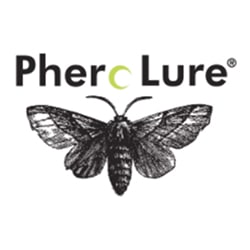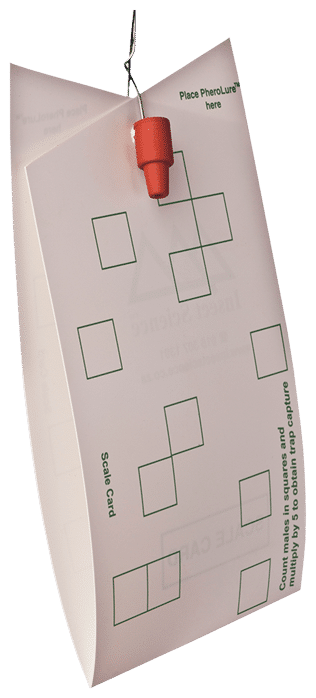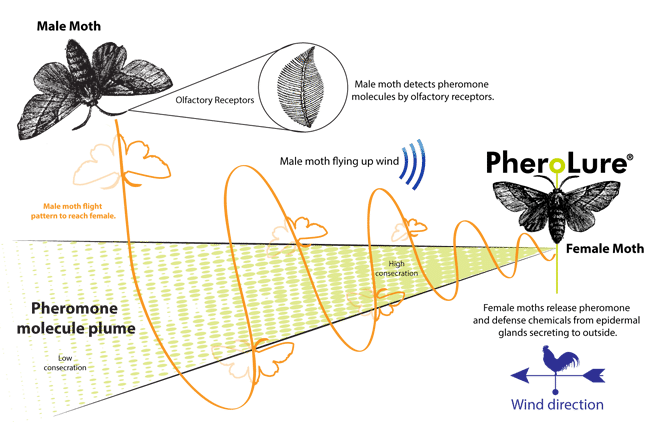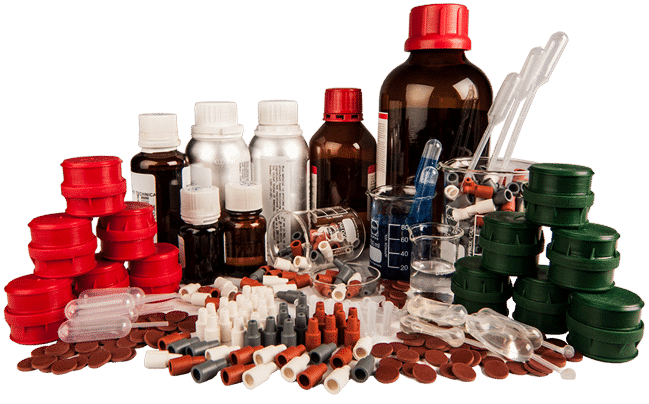
A key component of our Responsible Pest Management (RPM) approach is the need to understand insect behaviour in order to make the best decisions, at the best time. By using traps and lures, farmers can monitor the number and activity of specific insects on a certain crop at a point in time, as well as the stage of their life cycle, enabling them to make timely decisions before the pests do extensive damage. Knowing your pest should be an integral part of any integrated pest management (IPM) strategy.
Semiochemicals imitating insect sex pheromones can be used to attract insects to traps for detection and monitoring. In most instances, it is the males who respond to female-produced sex pheromones. Pheromone-based lures are therefore designed to closely reproduce the ratio of chemical components and emission rate of calling females. Ideally, a lure should uniformly dissipate its pheromone content over time and not permanently retain or degrade the pheromone in the process.
Our PheroLure® range of semiochemical products is designed to attract and trap targeted insects in orchards and fields by mimicking the natural process used by insects to communicate.
View the full Insect Science (Pty) Ltd PheroLure® Range

The monitoring of pests and diseases has become a science. Most monitoring systems are sophisticated scientific tools developed by experts for growers.
An incorrectly installed or maintained monitoring system, or where the wrong insects are counted, will not be a true reflection of the pest situation in the field. In many of these systems, the decision about whether to spray or not rests on very small differences in the number of insects trapped or counted in a specific time frame.
Insects communicate with one another by releasing small quantities of pheromones, a chemical substance that acts like a scent, into the air. Since the chemical composition of the pheromone differs from species to species, each one is only attracted to its own kind.
With the backing of years of research, we are able to identify many of the individual insect pheromones and synthesise them. This has made it possible to attract a specific insect and neutralise or disrupt its normal behaviour.

